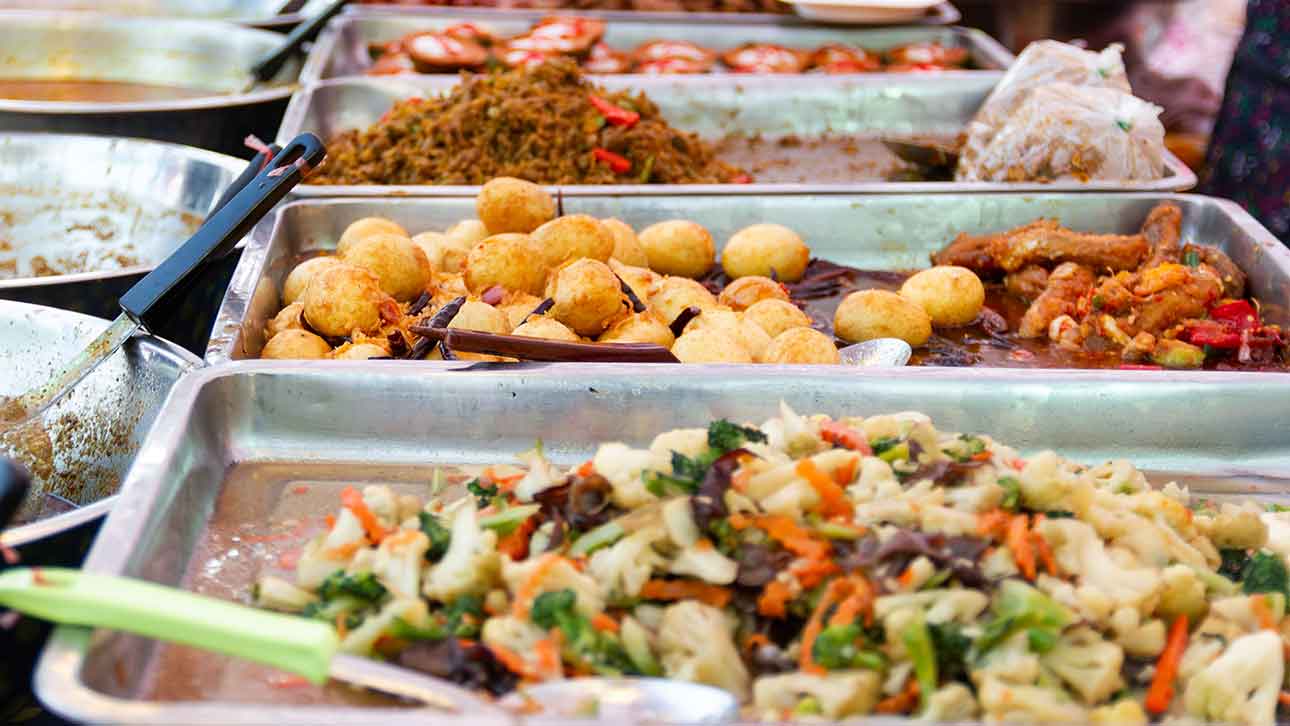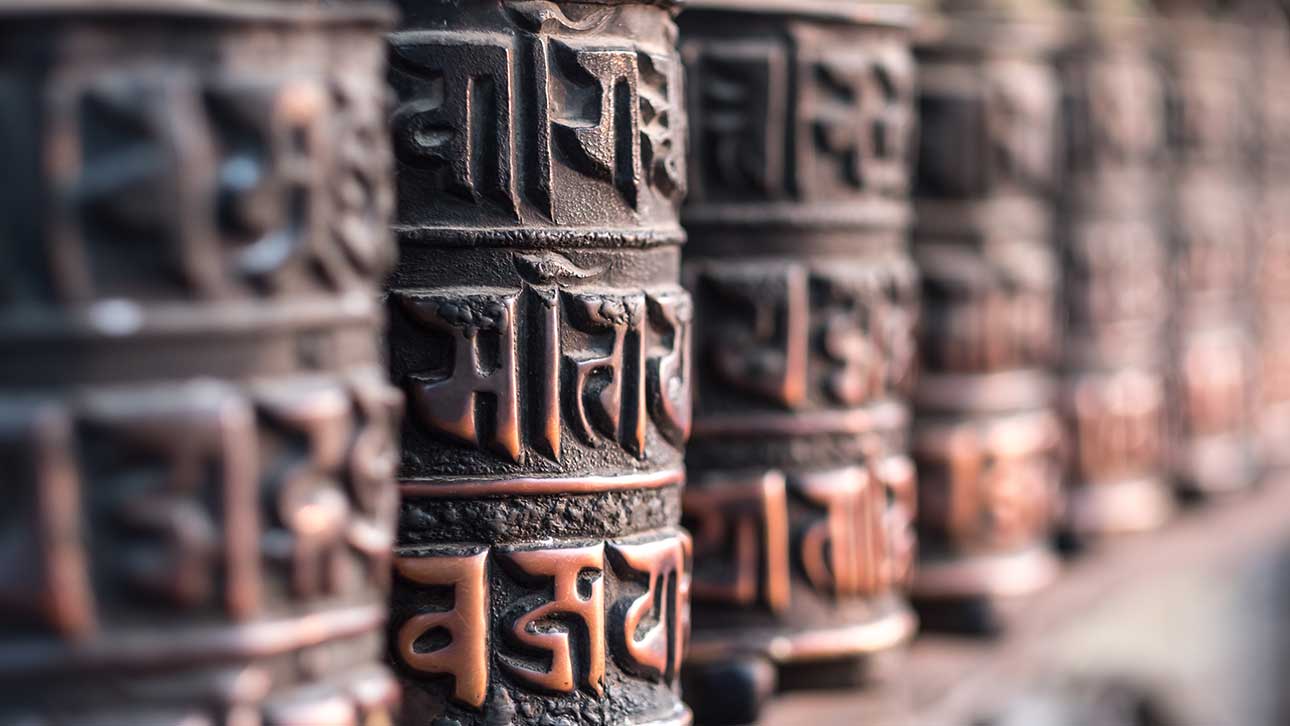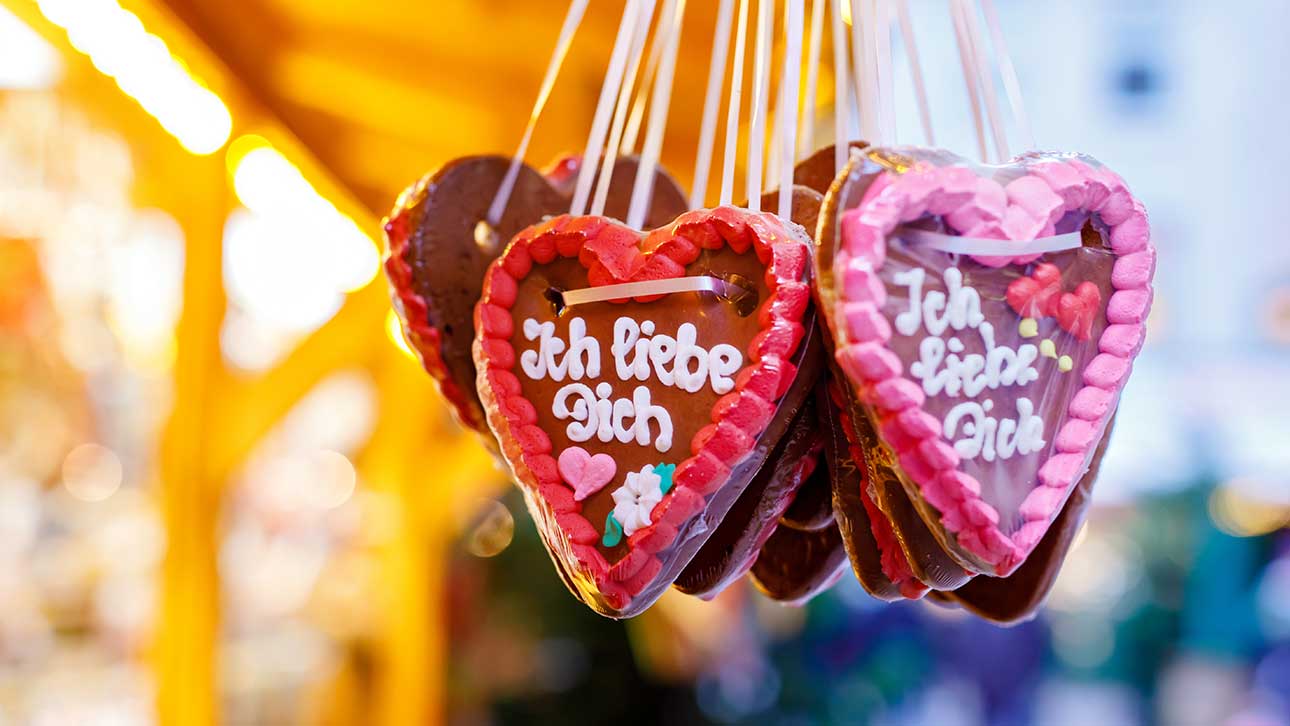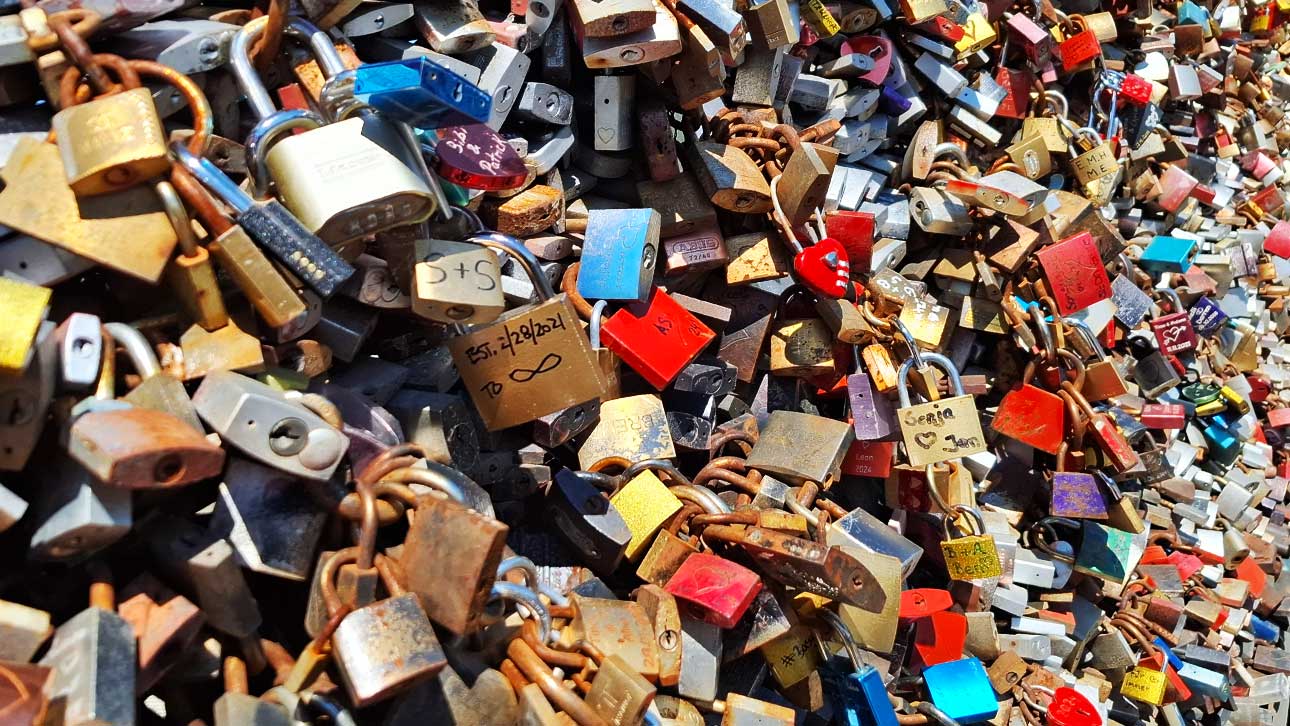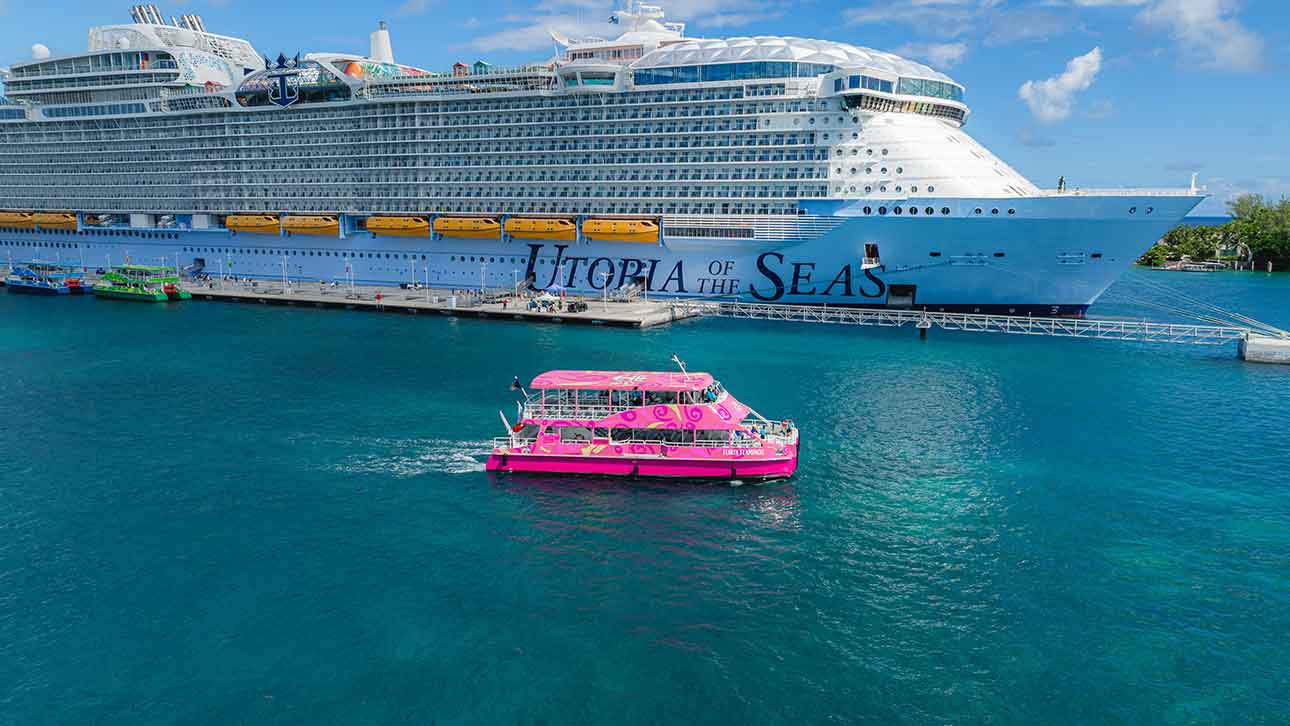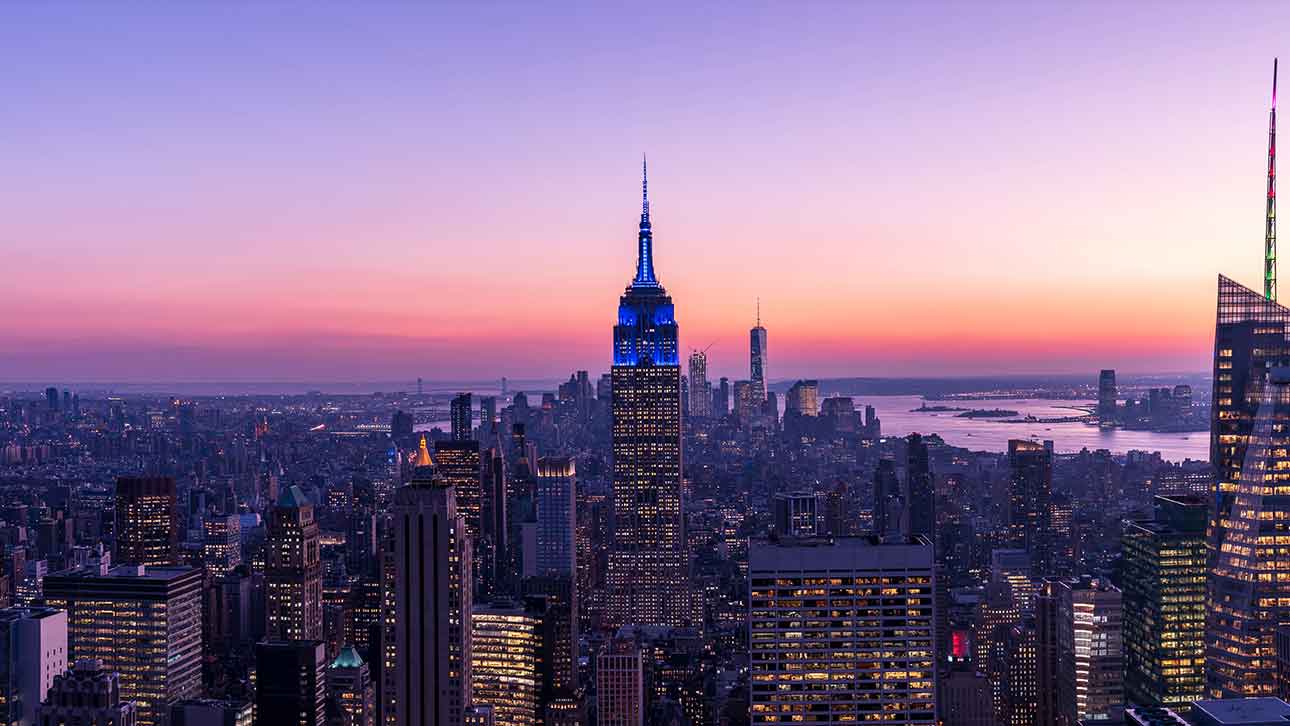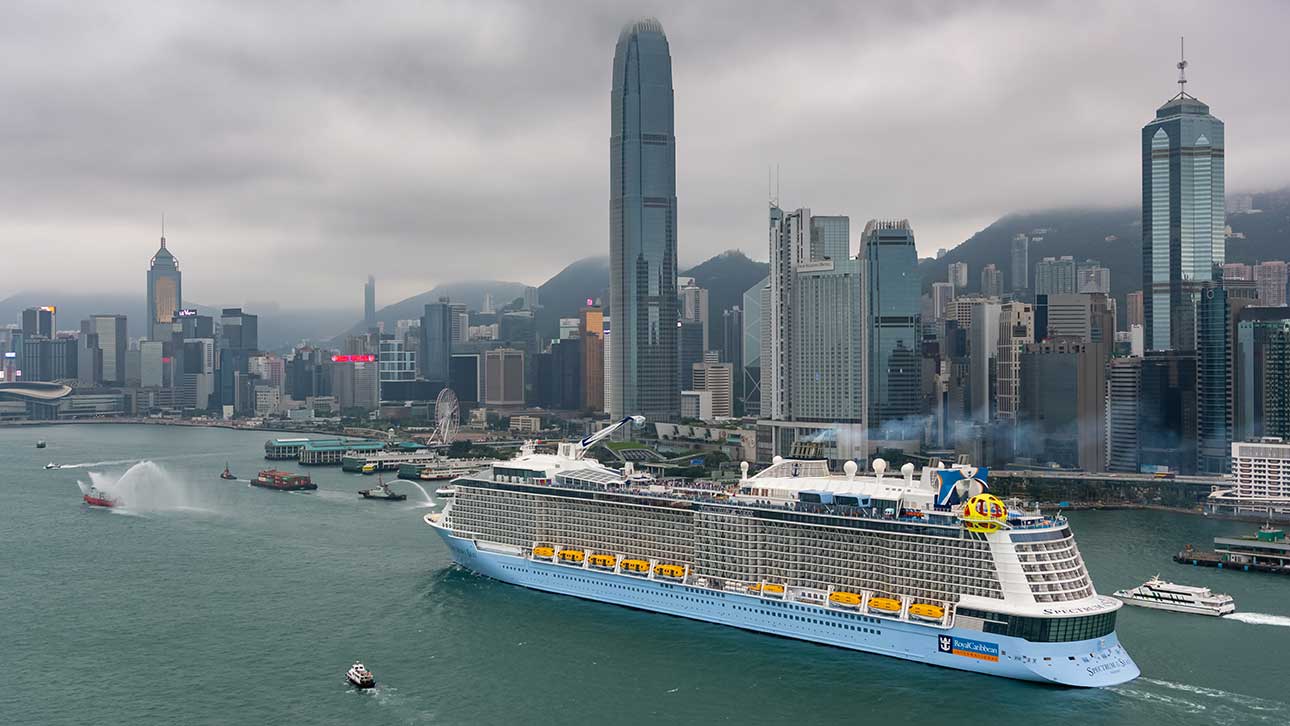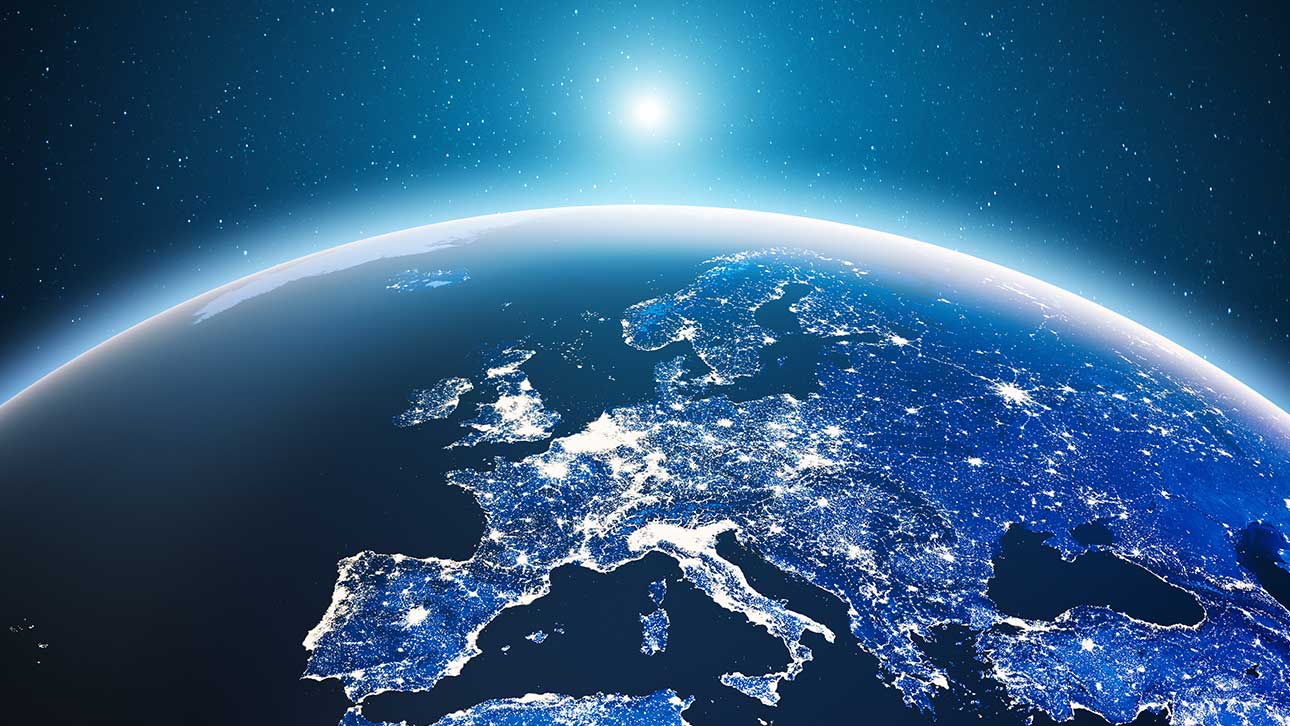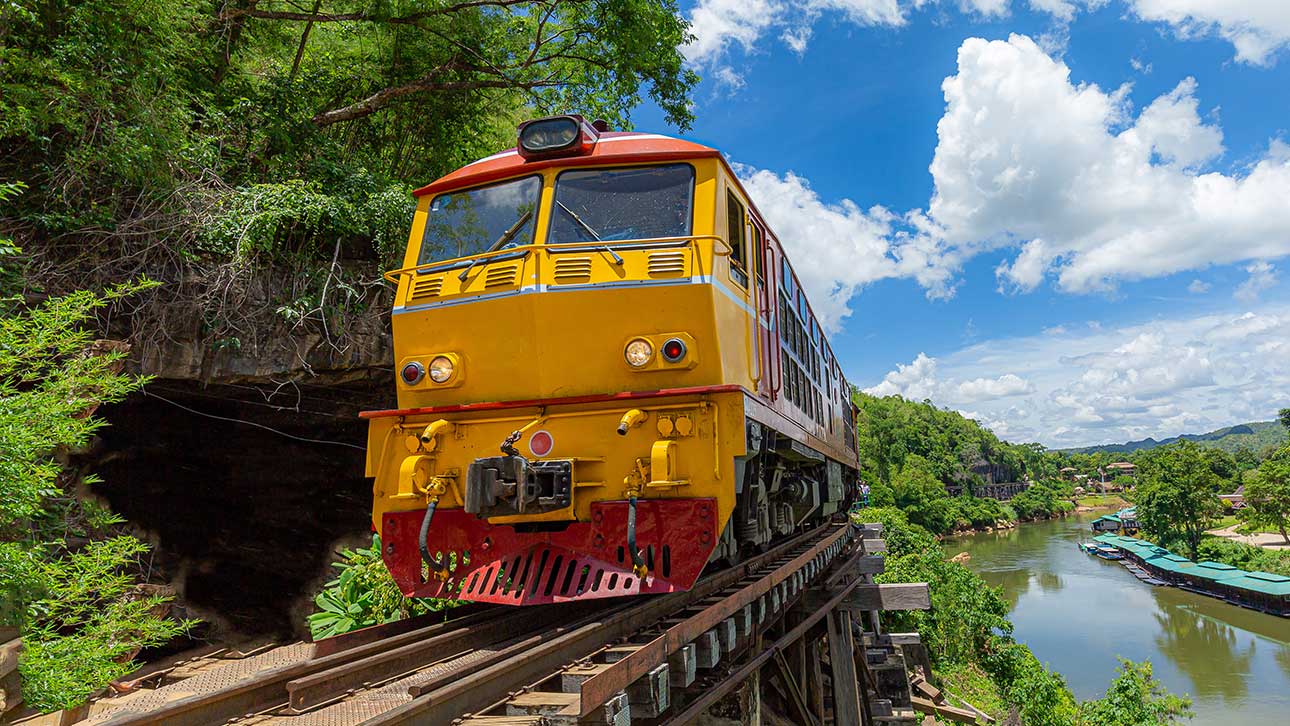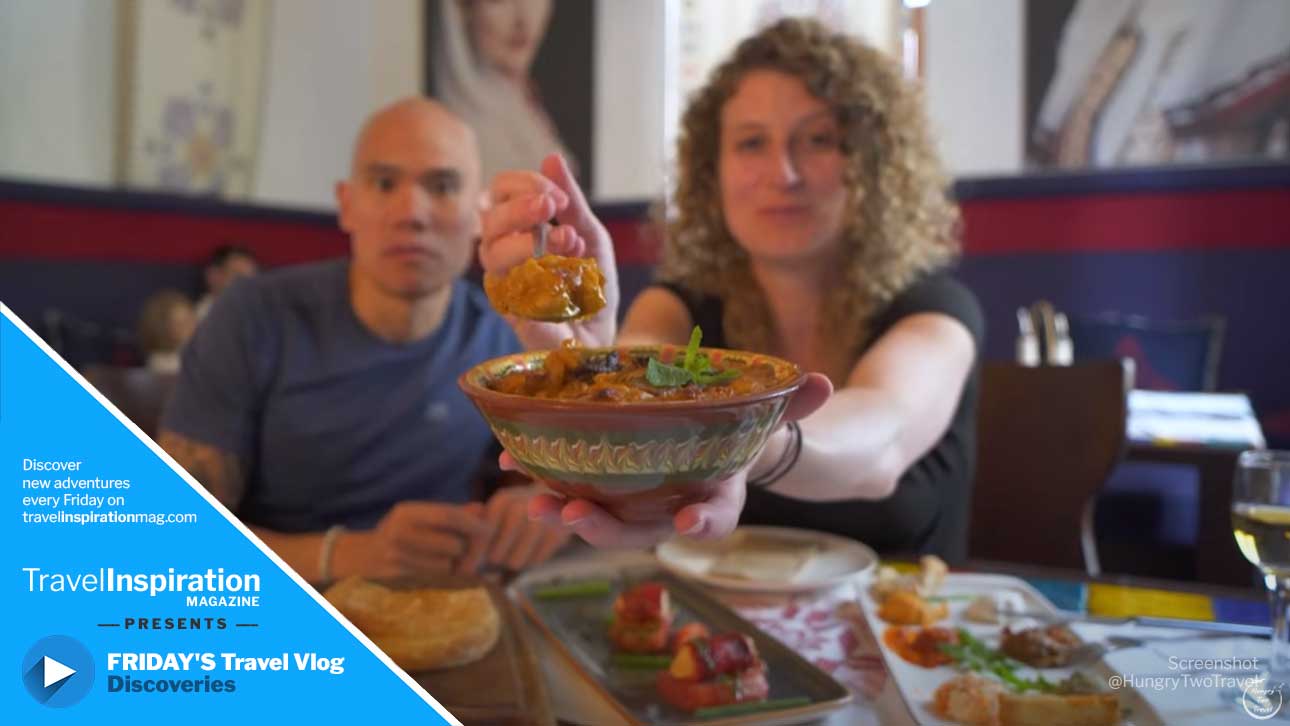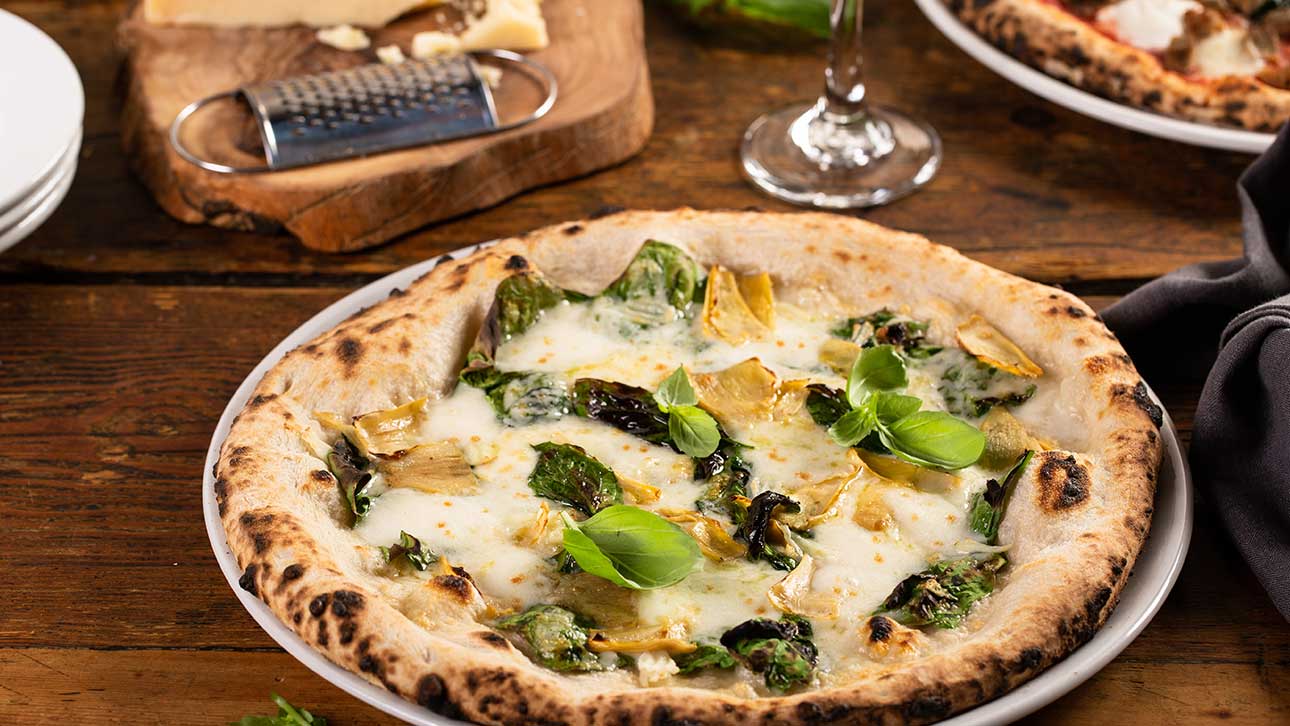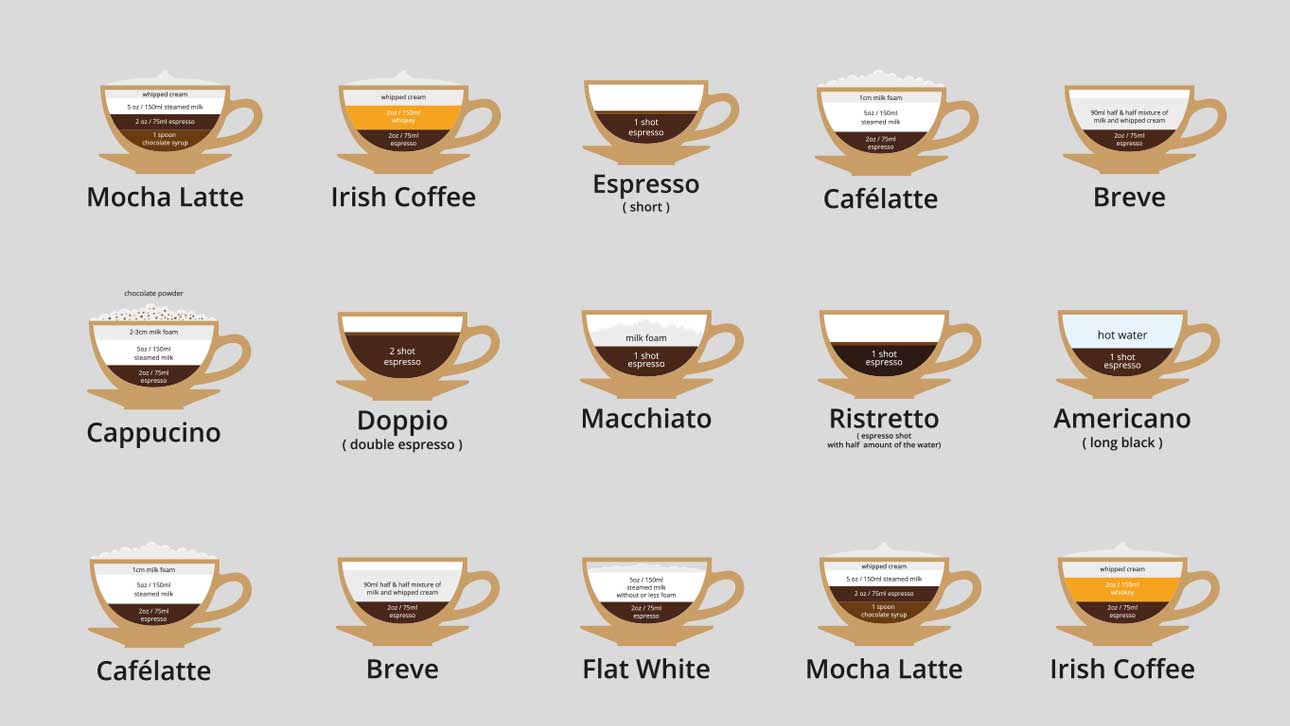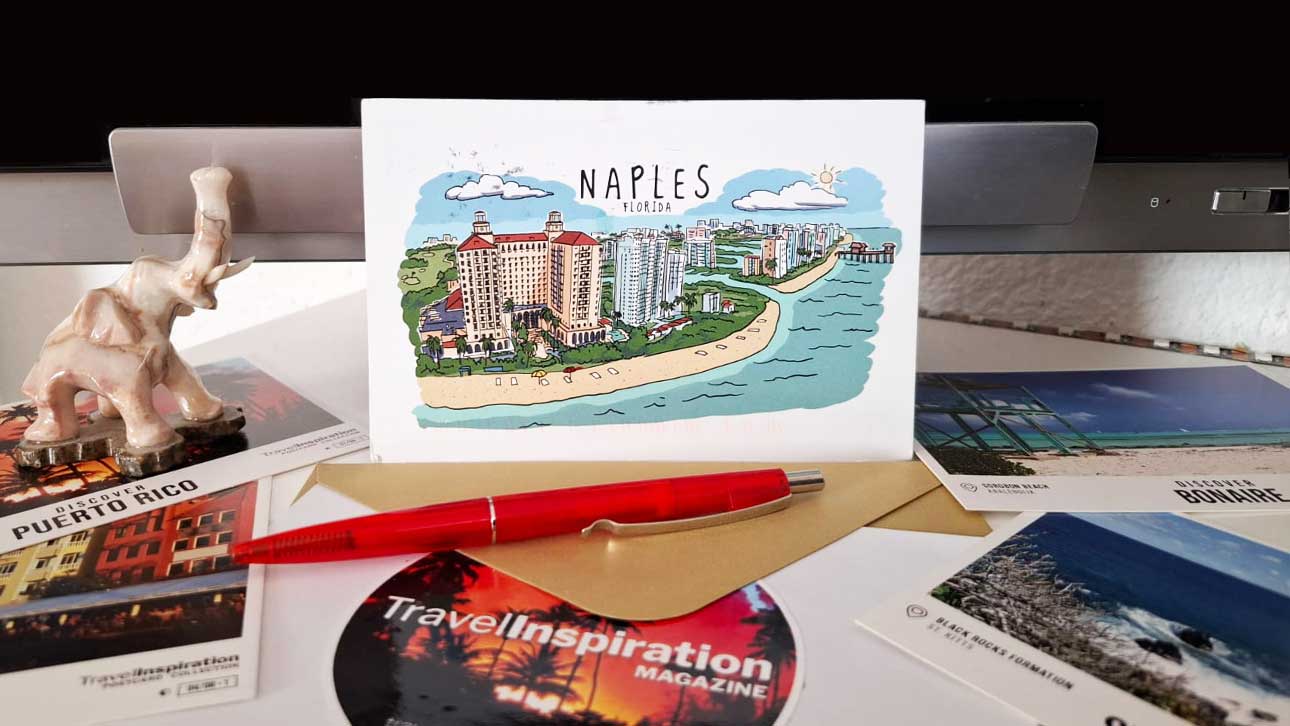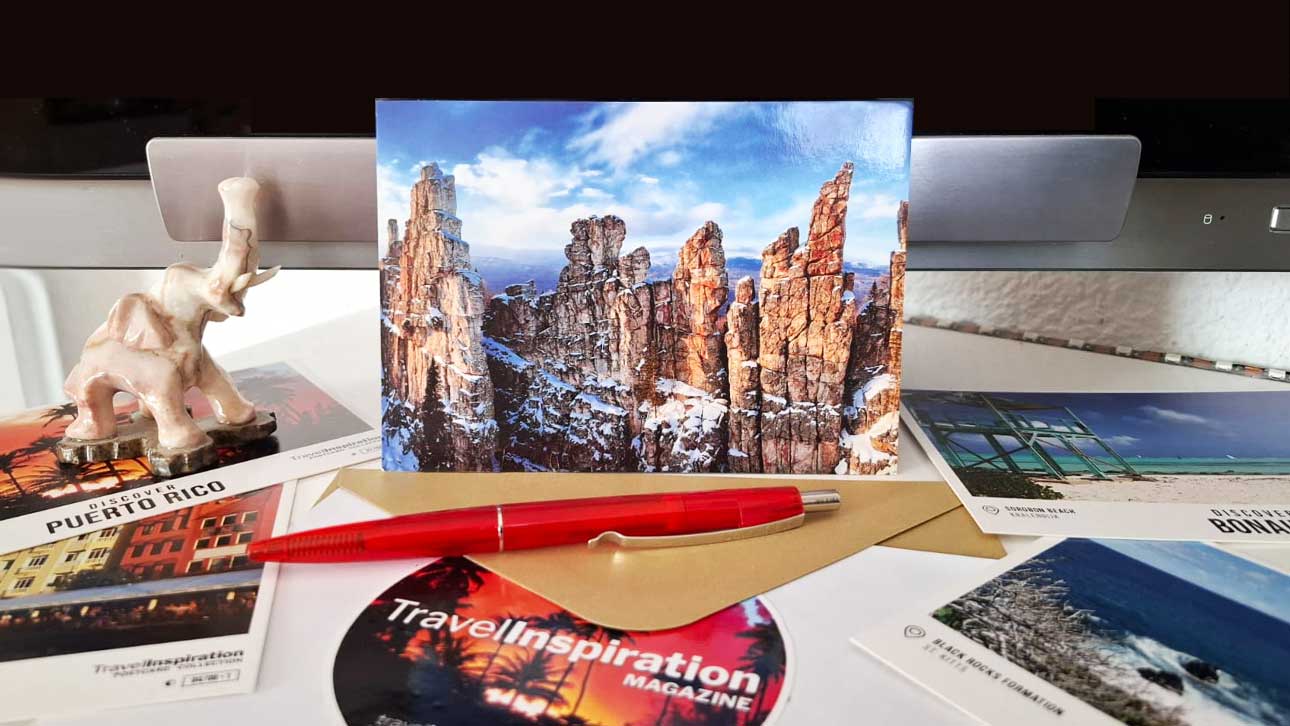What NOT to eat in Thailand? This is one of the most important questions for every traveler. Thailand is famous for its rich cuisine, street markets, and exotic dishes, but not every food is safe for foreigners. In this article, you will discover which foods to avoid to protect yourself from health risks and enjoy your trip without unpleasant surprises.
Thailand is a true paradise for food lovers. The streets of Bangkok are packed with food stalls, the markets in Chiang Mai offer aromas from all over the country, and on the beaches of Phuket you can try the freshest seafood. But behind this culinary fiesta hide food traps. Here are the main foods and situations you should avoid.
Food that has been sitting too long
In Thailand, temperatures often rise above 30°C, and the combination of heat and humidity turns food that has been sitting for hours into a perfect breeding ground for bacteria. A classic example is trays of rice and curry that look appetizing but may have been sitting out since lunchtime. This can easily lead to stomach discomfort or even food poisoning. A good practice is always to choose stalls where food is cooked and served immediately and where there is a constant flow of customers.
Raw fish and street sushi
Raw fish in Thailand is extremely risky for travelers. The climate is too hot, and the control over storage conditions at street stalls is minimal. Sushi in markets looks exotic, but it is often prepared with fish that has not been stored properly. This carries a serious risk of bacterial infections and parasites. If you crave sushi, choose a restaurant with proper refrigeration and positive reviews from local customers.
Fresh juices and smoothies with questionable water
Fresh fruit drinks are part of Thailand’s charm – a mango smoothie on the beach or a pineapple shake feels like a must on a hot day. The problem is that fruits are often washed with tap water, and the ice might come from unreliable sources. This increases the risk of stomach upset that can ruin the rest of your day. To stay safe, always pick stalls with many customers and ask if they use bottled water. A small detail that can save you a big problem.
Hotel buffets
Surprisingly, hotel buffets are among the riskiest places for foodborne illness. In luxury resorts, food often sits out for hours before being served. Mayonnaise-based salads, seafood, and sushi are particularly dangerous. Tourists often believe that a five-star hotel guarantees safety, but in reality, food spoils just as quickly. The best option is to choose restaurants where food is freshly prepared in front of you.
Deep-fried foods
Thai cuisine is rich in fried snacks – battered bananas, chicken wings, spring rolls. However, the oil used is often reheated and reused many times. This makes the food not only heavy on the stomach but also potentially carcinogenic. Try it for the taste, but don’t make these foods part of your daily diet. Grilled dishes and soups are safer and much healthier options.
“Tourist” restaurants
One of the classic mistakes tourists make is trusting restaurants with large English menus but not a single local customer. These places rely on one-time visitors and often serve mediocre food at inflated prices. The real secret of culinary travel is to eat where locals queue up – this is the surest sign of good quality and fair prices.
Tap water in Thailand
Tap water in Thailand is not recommended for drinking, even though it officially meets standards. The issue lies in old pipes and contaminated storage tanks. Always use bottled water, especially for brushing your teeth or preparing drinks. Ice in major cities is usually safe as it is factory-produced, but in smaller towns, it can still be a risk.
Overly spicy dishes
Thai cuisine is world-famous for its spiciness. Many travelers overestimate their limits and order “ped mak” (very spicy), only to regret it later. If you’re not used to chili, order “mai ped” (not spicy) or “ped nit noi” (a little spicy). This way, you’ll enjoy your meal without unpleasant consequences. Remember, an overly spicy dish can ruin not just your day but your entire vacation.
Recommendations from taxi and tuk-tuk drivers
If a taxi driver or tuk-tuk driver insists on taking you to the “best restaurant,” it’s almost always a tourist trap. These restaurants operate on commissions and usually offer low-quality food at inflated prices. The best advice is to avoid such suggestions and rely on your own judgment or recommendations from fellow travelers.
Unwashed fruits
Mango, papaya, and pineapple are symbols of Thailand, but you need to be careful how you consume them. They are often washed with tap water or cut on unsanitary surfaces. Buy fruits that are peeled in front of you, and always use bottled water for washing. This guarantees a safe and delicious tropical experience.
Thailand is a culinary adventure that can be unforgettable – as long as you choose wisely. Avoid food that has been sitting out too long, raw fish, and questionable drinks. Trust the places where locals eat, and always put safety first. That way, you’ll discover the best of Thai cuisine without risking your health.
Golden Rules for Eating in Thailand
- ✔ Eat food cooked right in front of you
- ✔ Drink only bottled water
- ✔ Choose places where locals eat
- ✔ Be mindful of spice levels – order according to your taste
- ✖ Don’t eat raw fish from street stalls
- ✖ Don’t eat unwashed or pre-cut fruit
- ✖ Don’t trust restaurants recommended by drivers
- ✖ Don’t overindulge in fried or long-stored foods

Yordan Balabanov
Founder of Travel Inspiration Magazine.
Words from the author:
“I believe every journey begins with inspiration – a story, an image, or a dream that makes us take the first step. For me, traveling is never just moving from point A to point B, but meeting cultures, colors, and people that stay in our hearts forever. In Travel Inspiration Magazine, I collect stories that not only describe places but also weave emotions, cultures, and experiences that inspire us to live more boldly, more joyfully, and more connected to the world.”
LinkedIn | yordanbalabanov.com
Ready to find the inspiration for your next adventure? Download the app or follow us on social media.
Did you enjoy this article?
If you love discovering inspiring stories and unique places, download our free app "Travel Inspiration Magazine" from Google Play! No annoying ads. No distractions. Just pure reading pleasure.
📲 Install from Google Play![Български [BG] Български [BG]](/media/mod_languages/images/bg_bg.gif)
![English [EN] English [EN]](/media/mod_languages/images/en_gb.gif)

